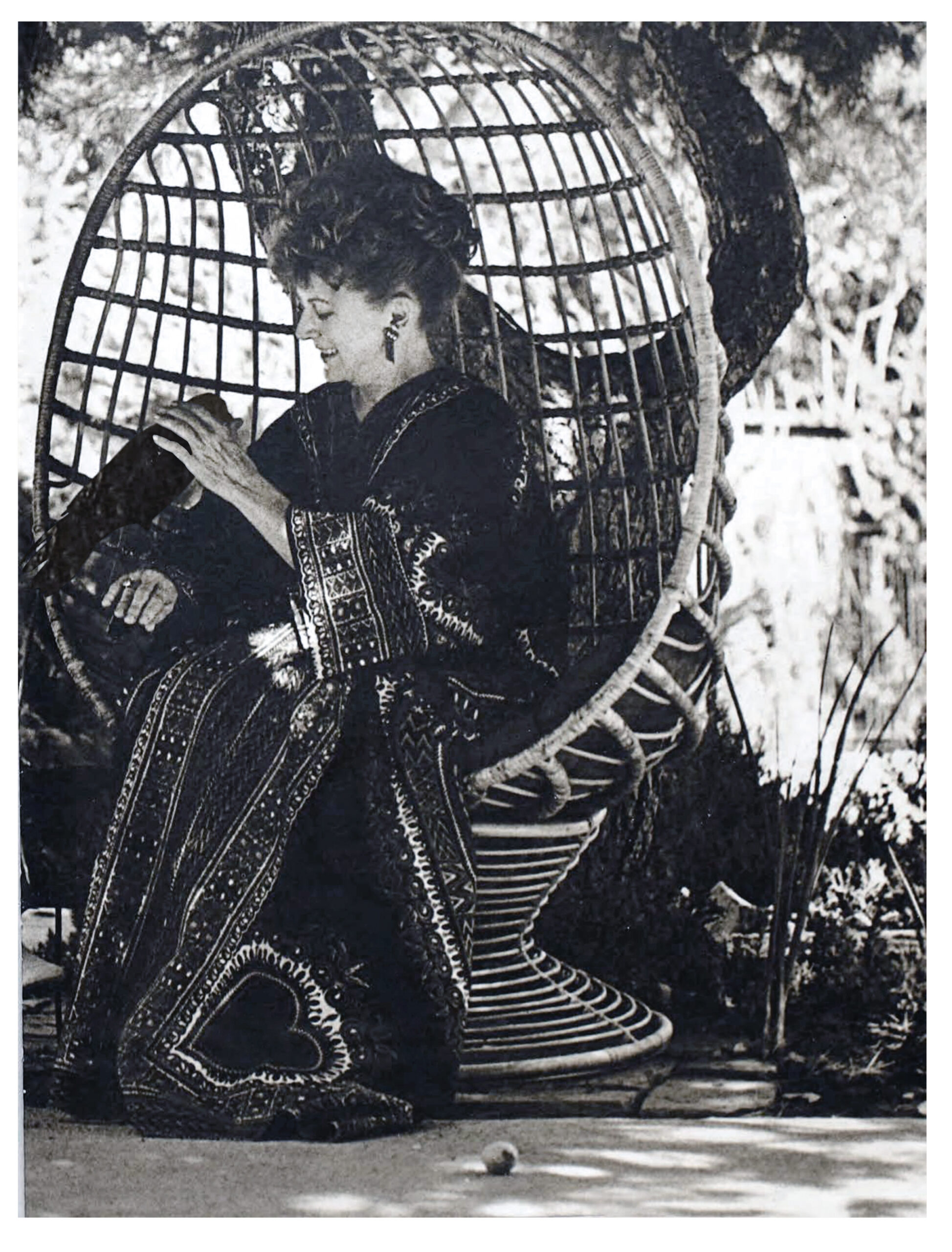TBT: Ballerina Mia Slavenska and Her Pet Crow, Zarathustra
In the March 1973 issue of Dance Magazine, we profiled Mia Slavenska. The ballerina had been declared a star after her performance debut in Zagreb (then part of Yugoslavia) at age 5. “A child prodigy has much to live down,” Slavenska, then in her late 50s, told us. “One cannot top it, so one feels inadequate. Hurt. A failure. Abruptly, one has been ‘conditioned’ to unconditional approval, without learning how to fight for success. The self-image becomes quickly distorted within the psyche. But the truth remains: that five-year-old prodigy…was, deep down, just a scrawny, frightened little child.”
By 17, she was the prima ballerina of the Zagreb Opera Ballet; in 1936, she was among the winners of the Berlin Dance Olympics, the exposure from which propelled her to a successful solo career, a starring role in the French dance film La Mort du Cygne and a three-year contract with the Ballet Russe de Monte Carlo. Though she recalled joining the troupe as “a disastrous move…. I wanted to dance, but rarely got the chance,” it was through the Ballet Russe that she met Frederic Franklin, with whom she would form the short-lived Slavenska-Franklin Ballet and star in Valerie Bettis’ landmark A Streetcar Named Desire, and that she was able to relocate to the U.S., where she would perform, teach and direct for the rest of her life.
After visiting Slavenska and her husband at their California home for the 1973 profile, writer Viola Hegyi Swisher reported, “The family includes dazzling tropical and gold-fish; cocker spaniels Nefertiti, Don Pedro and Doña Maria; a smart, shiny black crow admirably named Zarathustra; a pair of romantic white pigeons, Sir Lancelot and Gwenivere…. Nestling neatly in the refrigerator beside the dinner steaks and the luncheon ham is a little covered container. It holds pampered Zarathustra’s live worms.”




